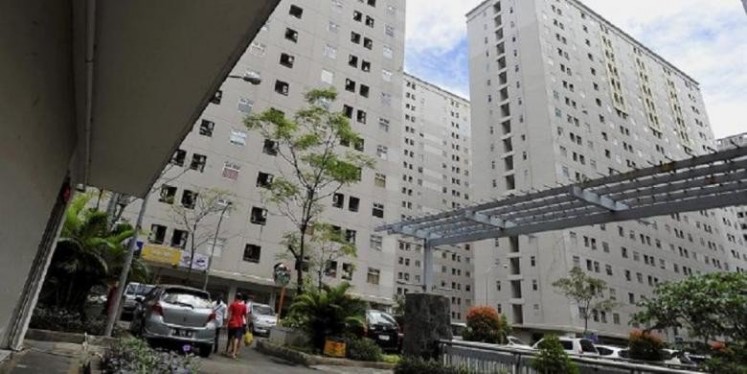The right to education
Nearly 75,000 senior high school and vocational school graduates logged on to the State University Admissions Association (PSPMBN) website on Thursday to see if they had passed the exams held earlier this month
Change Size

N
early 75,000 senior high school and vocational school graduates logged on to the State University Admissions Association (PSPMBN) website on Thursday to see if they had passed the exams held earlier this month.
Less than 7,800 seats were available at seven state universities, including the favorite University of Indonesia, in the joint selection program, because most positions had already been taken through admissions exams held independently by the individual institutions.
Higher education, however, remains a luxury for the majority of Indonesia’s younger generation. Universities, state and private, can accommodate only one third of more than 2 million senior high school graduates annually. And the competition for admission gets tighter every year because often those who failed in previous years go back to try for a second or third time.
Those who do not make it into state universities can turn to private institutions, which have gradually proven they can match state universities in terms of the quality of education they offer. However, such students must spend more because private universities rely entirely on tuition fees to operate.
Financing higher education has been a controversial topic for decades. The government once allocated huge subsidies to state universities to provide university access to as many students as possible. In reality, however, most of these subsidies went to students of upper and middle income families, who did not qualify for government assistance at all.
Now that the subsidies have been set at only one-third of the educational budget, following the enactment of the 2008 law on educational institutions, state universities have been allowed to collect public funds to stay afloat. And they will need to collect an increasing amount of funding as the educational standards and expectations also evolve to meet the demands of an increasingly competitive job market.
The government has adopted two clear-cut policies concerning higher education, the outcomes of which are the same because they both sacrifice students from poor families.
As National Education Minister Bambang Sudibyo once said, higher education is indeed expensive.
And with the government still struggling to make sure the mandatory nine year education program remains on track, it is almost unlikely that a free higher education policy will be put in place in Indonesia.
This does not mean the government can leave higher education to the market mechanisms either.
The Constitution mandates that the state (the government) must guarantee every citizen’s right to education. The government’s presence is felt when it takes actions for the people’s sake.
The government could allocate more funds to provide scholarships or perhaps loans to those who can’t afford to pay soaring university tuition fees. Students who take out loans will have to pay back their borrowings in installments once they get jobs so that the money can be passed on to other needy students.
The government could also build new state universities, particularly outside Java, to tap in to an increasing number of high school graduates. Major cities in Java have at least three state universities, compared to one in each provincial capital outside this densely populated island.
Private universities may participate in the education-for-all campaign without having to bear more financial burden. They need incentives to provide university access for more disadvantaged students, which could take the form of tax breaks or other fiscal policies.
A number of companies have translated their concerns about higher education for all by offering scholarships as part of their corporate social responsibility programs. But only a limited number of students will be accepted.
In the end, the full responsibility of national education remains in the government’s hands — but that’s what the government is there for. With more daunting challenges ahead, the success of the education-for-all program will determine the nation’s survival.









